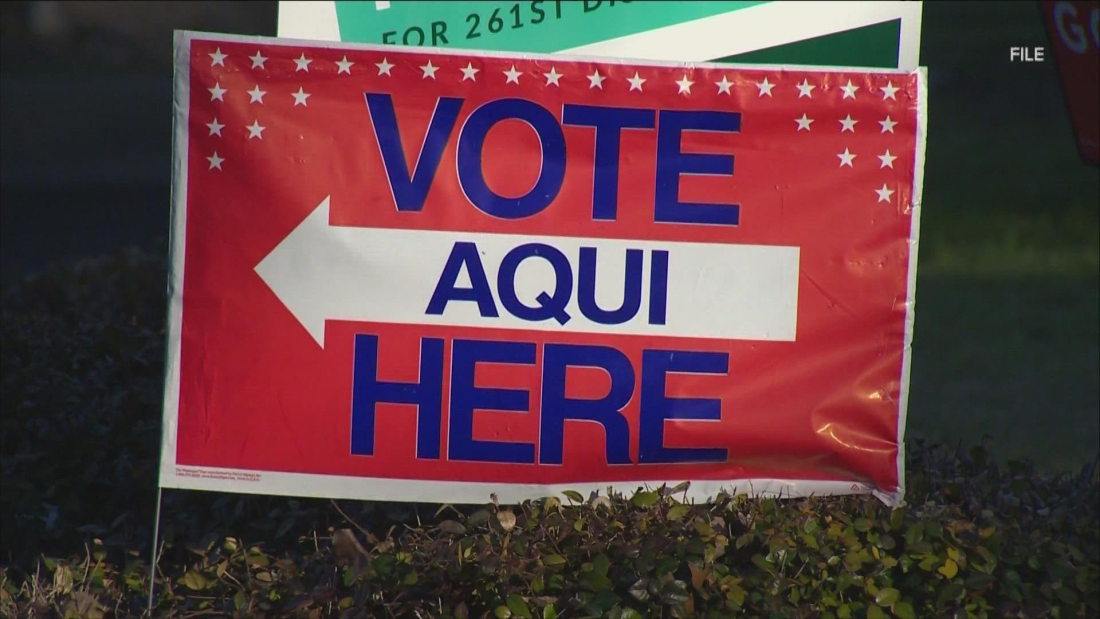
As the primary election day in Texas draws near, residents are reminded of the impending deadline to register to vote. Texas stands among the 16 states hosting an open primary, granting registered voters the flexibility to participate in either party’s primary.
Scheduled for March 5, Texas will conduct Republican and Democratic primaries to determine the candidates who will feature on the November ballot. In cases where no candidate secures more than 50% of the votes, runoff elections are slated for May 28.
Key Dates to Remember:
- Feb. 5: Deadline for voter registration or information updates
- Feb. 20: Commencement of early voting
- Feb. 23: Final day for counties to receive mail-in voting applications
- March 1: Conclusion of early voting
- March 5: Primary election day
Here’s what Texans need to know:
Prospective voters in Texas are mandated to submit paper voter registration applications. This can be done by printing an application and mailing it to the local county’s election office, requesting an application by mail, or visiting the nearby voter registrar. Residents may also register to vote while renewing their Texas driver’s license or identification card online.
Voters should anticipate receiving their voter registration certificates within 30 days of registration. These certificates include a unique identification number, details about the local voting precinct, and information about representatives at the federal, state, and local levels.
To check registration status or update information, citizens can click here. Online updates for address or name changes are also available for those already registered.
U.S. citizens turning 18 by election day can register, and Texans must register in their residing county. Convicted felons must complete their sentence, probation, and parole before becoming eligible, while individuals deemed mentally incapacitated by a court are ineligible to vote.
For mail-in voting in Texas, voters must meet criteria such as being 65 or older, having a sickness or disability preventing in-person voting, expecting childbirth around election day, being absent from the county during early voting and on election day, or being in jail but otherwise eligible.
The Ballot Highlights:
Texans will cast their votes in the presidential election, as well as federal, state, and local races. Fifteen state Senate seats are up for election, along with all seats in the U.S. and Texas Houses.
Eight statewide races, including a U.S. Senate seat held by incumbent Ted Cruz, one for Texas Railroad Commissioner, three for Texas Supreme Court Justices, and three for Texas Court of Criminal Appeals members, will feature on all ballots.
Local positions like sheriffs, county tax assessors, county commissioners, and justices of the peace will appear on some communities’ ballots.
Understanding the Primary System:
On March 5, Texans can vote in either the Republican or Democratic primary without registering with a specific party. Candidates securing over 50% in each primary race proceed to the November ballot, while those without a majority face a runoff on May 28, involving the top two candidates.
Libertarian and Green parties will hold separate conventions for candidate selection. Texans can choose to participate in one party’s primary, runoff, or convention each election year.
Despite typically lower turnout, Texas primaries play a crucial role in shaping the November elections. In 2020, around 25% of registered voters (4.1 million) participated in the primaries, while nearly 67% (11.3 million) cast their ballots in the subsequent November elections, as reported by the secretary of state’s office.










